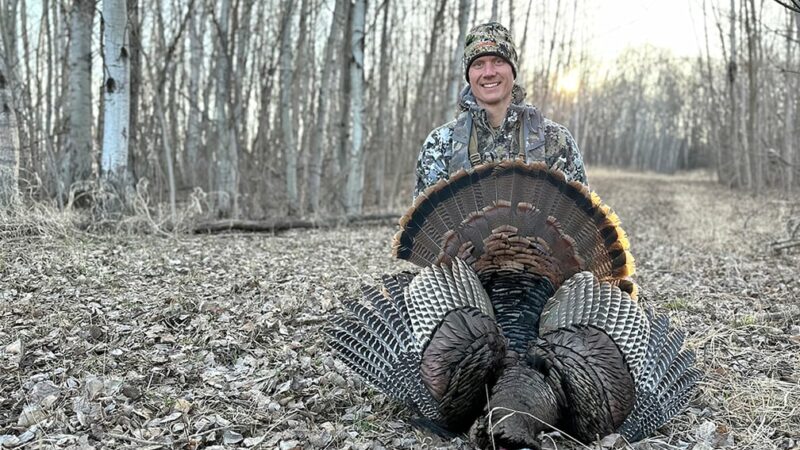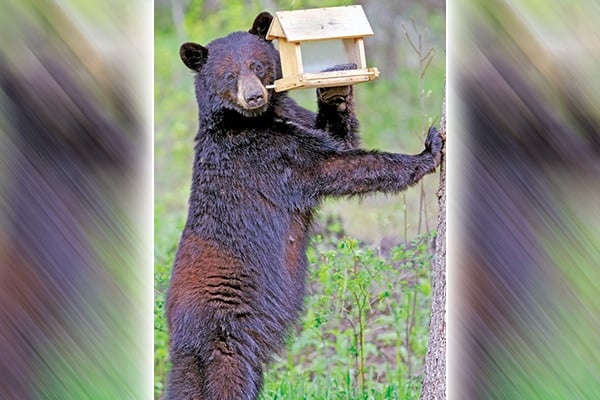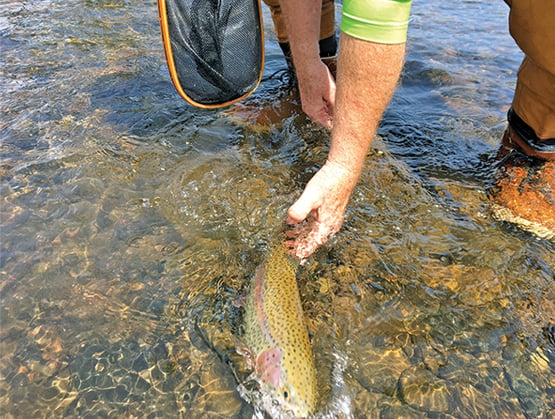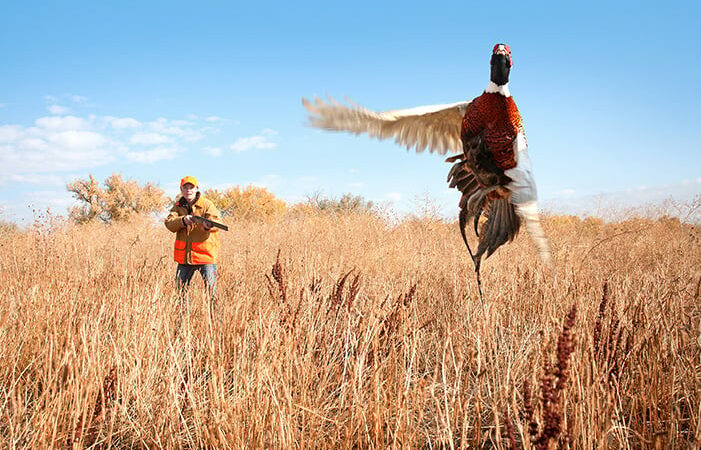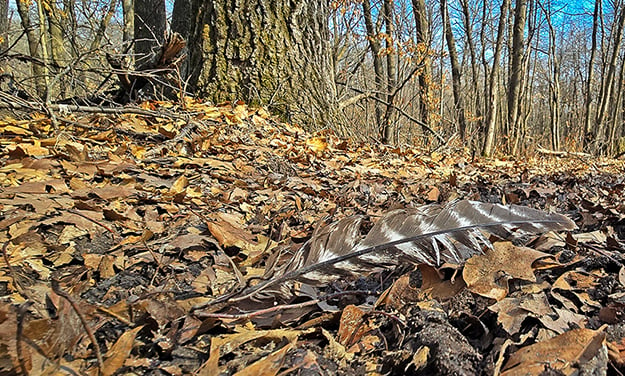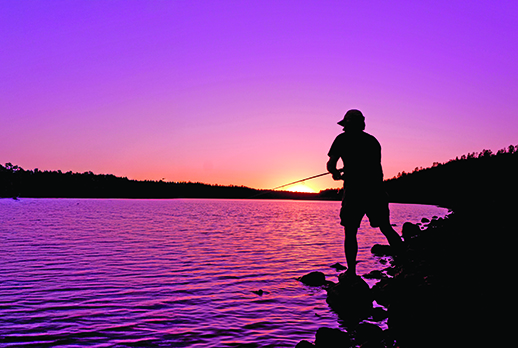Here are basic fire-starting tools to carry in the field – Outdoor News
Outdoor News may earn revenue from products shown on this page by participating in affiliate programs. Click here to learn more.
Reliably starting a fire in any conditions can mean the difference between comfort and misery, safety and danger. From the rugged mountain country of the West to the big woods of the Upper Midwest and Northeast, every outdoorsperson should own some essential fire-starting tools.
Keep them lightweight and you’ll be more likely to carry them. Keep them dependable and they’ll perform when your life is on the line. Each of the following tools has unique advantages, so don’t be afraid to bring more than one afield.
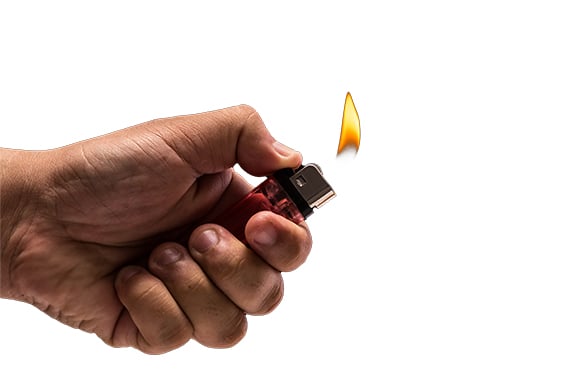
1. Matches and a lighter
Let’s start simple: Always keep a few sets of basic, non-waterproof matches handy. Then keep a lightweight, refillable butane lighter with you. Both offer a useful, convenient way to produce a flame, and 90% of the time, they work. Simple papers matches are worthless when wet, which is why you want alternatives.
While not as reliable in extreme cold or high altitudes due to butane’s sensitivity to temperature and pressure, a basic lighter is cheap and ideal for milder conditions. This tool is particularly effective for short trips or summer excursions when weather conditions are more predictable.
These are the quickest and easiest way to start a fire, but they’re also the most likely to fail, which is why you need some backups.
MORE COVERAGE FROM MINNESOTA OUTDOOR NEWS:
In Minnesota, ‘community science’ has big impact on conservation efforts
Minnesota Supreme Court ruling puts a hold on state House of Reps business
What’s next for Minnesota deer permit areas where CWD was confirmed for the first time?
2. Waterproof matches
Waterproof matches provide your first reliable backup.
Encased in a sturdy, watertight cylinder, these matches are coated with a chemical that allows them to ignite even after being submerged in water. Unlike ordinary matches, they’ll also burn hotter and longer, offering ample time to ignite tinder.
Waterproof matches are especially useful in emergencies or when other fire-starting tools are lost or damaged. Their durability and ease of use make them a practical addition to any kit, even if they are redundant.
Again, they’re not fool-proof, which is why you want backups to your backup.
3. Ferrocerium rod
Often referred to as a “ferro rod,” a ferrocerium rod is compact, lightweight, and nearly indestructible, so it’s valuable in the wilderness.
Unlike a butane lighter that can run out of fuel or a box of matches vulnerable to moisture, the ferro rod is impervious to the elements. With a few swift strikes of its metal scraper, it produces a shower of sparks hot enough to ignite most natural tinders.
Even when wet, this tool excels, thereby allowing users to start a fire with damp materials like birch bark. Its reliability under challenging weather conditions makes it an essential part of any fire-starting kit.
You can buy one for $15 or $20 by itself. In combination with a knife and basic tinder fuel, even spare toilet paper, you can start a fire with one of these babies anywhere. They’re more cumbersome than other options above, but in tandem with a good knife, they’re close to foolproof.
4. Magnesium block
In situations where tinder is scarce or conditions are particularly challenging, a magnesium block with an integrated striker is crazy easy.
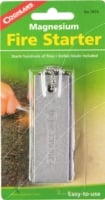 By shaving off a small pile of magnesium and igniting it with the striker, you’ll get an intense burst of heat capable of igniting even stubborn kindling. The block is compact and durable, making it a reliable tool in extreme conditions.
By shaving off a small pile of magnesium and igniting it with the striker, you’ll get an intense burst of heat capable of igniting even stubborn kindling. The block is compact and durable, making it a reliable tool in extreme conditions.
Magnesium blocks are especially useful in wet or snowy environments where natural tinder may be damp. The intense heat produced by the magnesium shavings can overcome these challenges, ensuring the ability to start a fire almost anywhere.
You can buy one for less than $10, toss it in your survival kit, and feel confident you’ll have a blaze in seconds anywhere.
5. Fire starter cubes
Fire starter cubes, made from compressed wood fibers and wax, are a practical addition to any fire kit. Lightweight and easy to ignite, they burn steady for several minutes, providing a reliable way to start a fire even with marginal kindling. They are really useful in emergencies or during inclement weather.
Fire starter cubes can ignite damp or wet kindling, making them an excellent choice in the backcountry. Their long burn time ensures that even challenging materials have the opportunity to catch and sustain a fire.
These are great in tandem with a magnesium block and/or the ferro rod.
6. Natural and synthetic tinders
No fire-starting kit is complete without reliable tinder. Cotton balls ignite easily and burn long enough to catch larger kindling, while fatwood’s resin-rich composition makes it nearly impervious to moisture.
In addition to these prepared tinders, materials such as birch bark, dried grass, and pine needles can often be found in the wilderness and used effectively. Toilet paper obviously has an important use, but when you need a fire, it’s awesome tinder.
Having synthetic tinder as a backup saves time and effort, particularly in challenging environments.
Building a blaze
To starting a fire in the backcountry, gather suitable materials and arrange them in a proper structure, such as a teepee or log cabin design. A ferro rod or lighter can ignite the chosen tinder, which then sets the kindling ablaze. Gradually adding larger sticks and logs builds the fire into a sustainable source of warmth and light.
Tools such as a pocket bellows can assist by directing airflow to the base of the fire, ensuring it remains strong and steady. Fire-building is both a skill that requires patience and the right tools.
A solid fire kit is more than just practical; it is a testament to being prepared. With the right tools and techniques, you’ll meet the unpredictable challenges of the backcountry with confidence, turning adversity into an opportunity for connection with nature.
Source: https://www.outdoornews.com/2025/02/04/here-are-basic-fire-starting-tools-to-carry-in-the-field/


